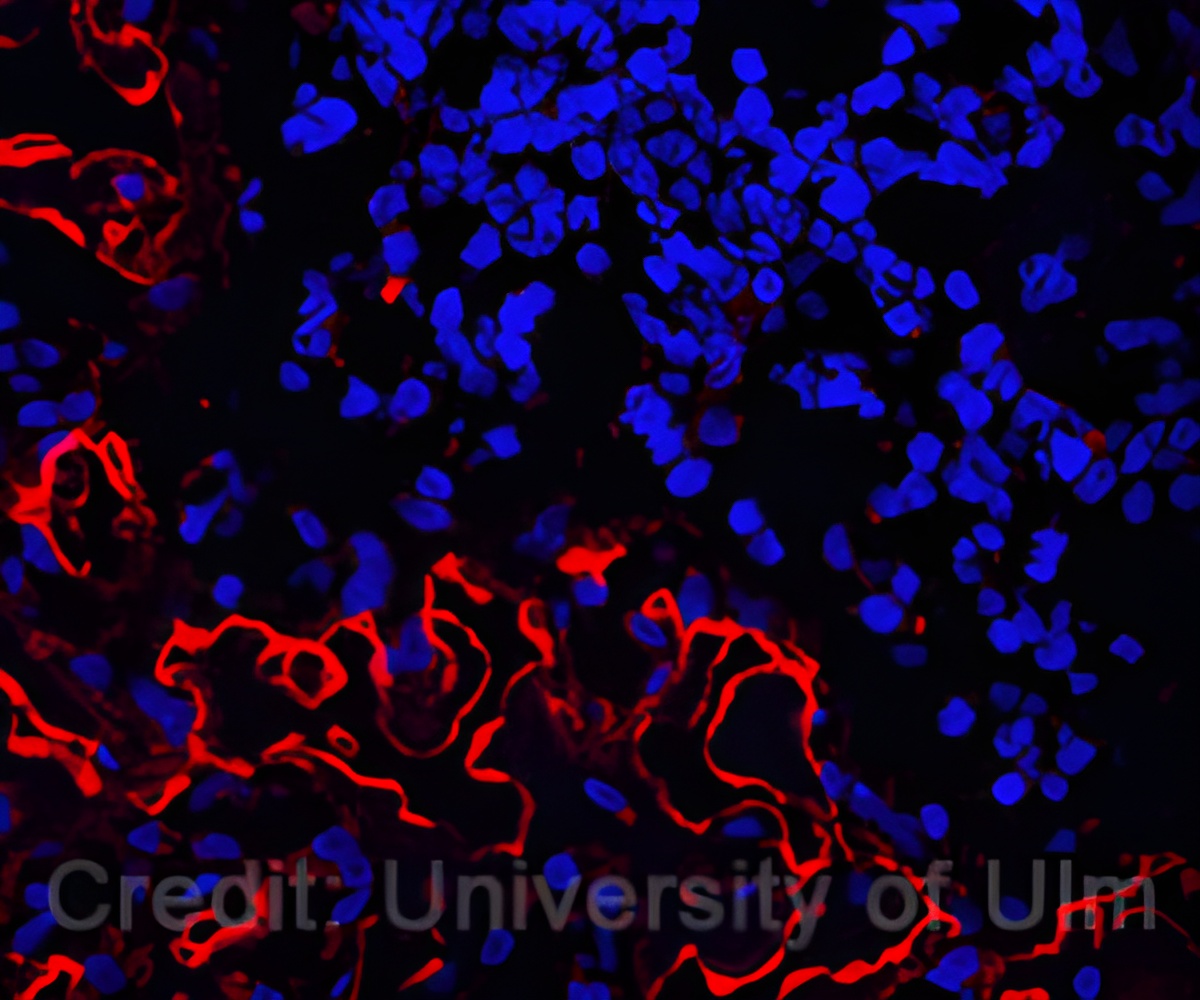Can you turn back time? Researchers have done just that. They've rejuvenated the skin cells to look and act like they did when they were younger.

‘The aim is to regenerate various cells, including old one's ability to function declines and the genome accumulates marks of ageing, in the human body.’





Advertisement
Regenerative Medicine: The Future
Regenerative medicine or biology is a fast-growing multidisciplinary approach to treating chronic conditions. The aim is to regenerate various cells, including old one's ability to function declines and the genome accumulates marks of ageing, in the human body. One of the most important tool in regenerative biology is our ability to create ‘induced’ stem cells.
In regenerative biology, there is a movement to change the sources of living cells for research purposes. Tissue and blood samples are being used as sources for induced pluripotent stem cells that can be used to create new treatments for medical problems including heart disease, stroke, cancer, diabetes and blindness. The process is a result of several steps, each erasing some of the marks that make cells specialized. In theory, these stem cells have the potential to become any cell type, but scientists aren’t yet able to reliably recreate the conditions to re-differentiate stem cells into all cell types.
Advertisement
Turning Back Time
The new method, based on the Nobel Prize-winning technique used by scientists to create stem cells, tackles the problem of completely destroying cell identity by stopping replication through the process. This, in turn, allowed researchers to find a precise balance between replicating cells, while biologically rejuvenating them.
In 2007, Shinya Yamanaka was the first scientist to transform normal cells with a specific function into stem cells. The whole process of stem cell remodeling using four main molecules called Yamanaka factors takes about 50 days. A new method called 'mature phase transient reprogramming' exposes cells to Yamanaka factors in just 13 days. At this point, the age-related changes are removed and the cells temporarily lose their identity. Partially regenerated cells were given time to grow back to normal and to monitor whether their specific skin cell function returned. Genetic analysis showed that the cells regained the properties of skin cells (fibroblasts), and this was confirmed by observing collagen production in remodeled cells.
Advertisement
Age is Not a Number
To show that the cells had regenerated, the researchers looked for changes in the signs of aging. As Dr. Diljeet Gill explains, a postdoctoral fellow in Wolf Reik's Laboratory at the institute who worked as a PhD student said, “Our understanding of ageing on a molecular level has progressed over the last decade, giving rise to techniques that allow researchers to measure age-related biological changes in human cells. We were able to apply this to our experiment to determine the extent of reprogramming our new method achieved.”
The researchers looked at several levels of cellular age. The first is the epigenetic clock, in which the chemical tags present throughout the genome indicate age. The second transcriptome is all the gene readings that the cell produces. Through these two measures, the reprogrammed cells match the profile of cells under 30 years of age compared to the reference data sets.
The potential applications of this technique depend on not only how young the regenerated cells look but also how well they function. Fibroblasts form a molecule of collagen found in bones, cutaneous ligaments, and ligaments that helps build tissues and heal wounds. Rejuvenated fibroblasts produced more collagen proteins compared to control cells that were not subjected to the reprogramming process. Fibroblasts also move to areas that need repair. The researchers tested the partially rejuvenated cells by creating an artificial cut in the layer of cells in a dish. They found that their treated fibroblasts moved faster at intervals than older cells. This is a promising indication that one day this research will eventually be used to build cells that function better in wound healing.
In the future, this research may open up other therapeutic opportunities; the researchers observed that their pattern also had an effect on other genes associated with age-related diseases and symptoms. Both the APBA2 gene associated with Alzheimer's disease and the MAF gene involved in the development of cataracts showed changes in youthful levels of transcription.
In the future, this research may also open up other therapeutic possibilities; the researchers observed that their method also had an effect on other genes linked to age-related diseases and symptoms. The APBA2 gene, associated with Alzheimer’s disease, and the MAF gene with a role in the development of cataracts, both showed changes towards youthful levels of transcription.
The mechanism behind successful transient programming is not yet fully understood, and it explores the next part of the puzzle. Researchers speculate that key parts of the genome involved in shaping cell identity may have escaped the reprogramming process.
Diljeet concluded, “Our results represent a big step forward in our understanding of cell reprogramming. We have proved that cells can be rejuvenated without losing their function and that rejuvenation looks to restore some function to old cells. The fact that we also saw a reverse of ageing indicators in genes associated with diseases is particularly promising for the future of this work.”
Prof. Wolf Reik, a group leader in the Epigenetics research programme who has recently moved to lead the Altos Labs Cambridge Institute, said: “This work has very exciting implications. Eventually, we may be able to identify genes that rejuvenate without reprogramming, and specifically target those to reduce the effects of ageing. This approach holds promise for valuable discoveries that could open up an amazing therapeutic horizon.”
Source-Medindia











